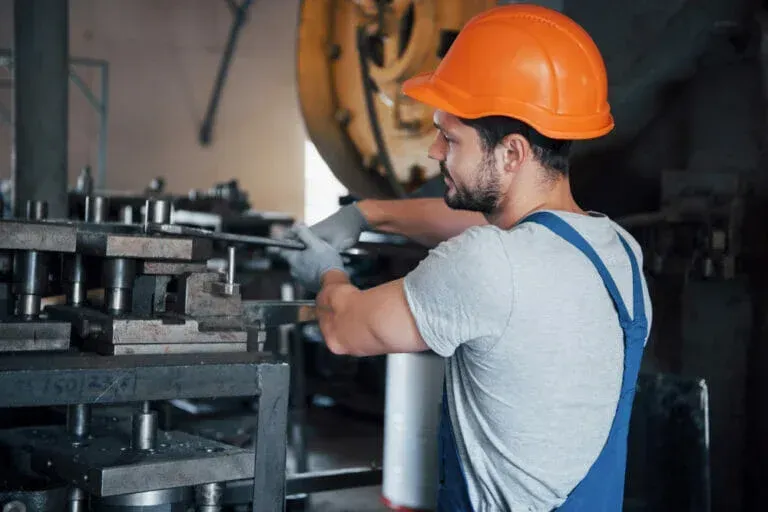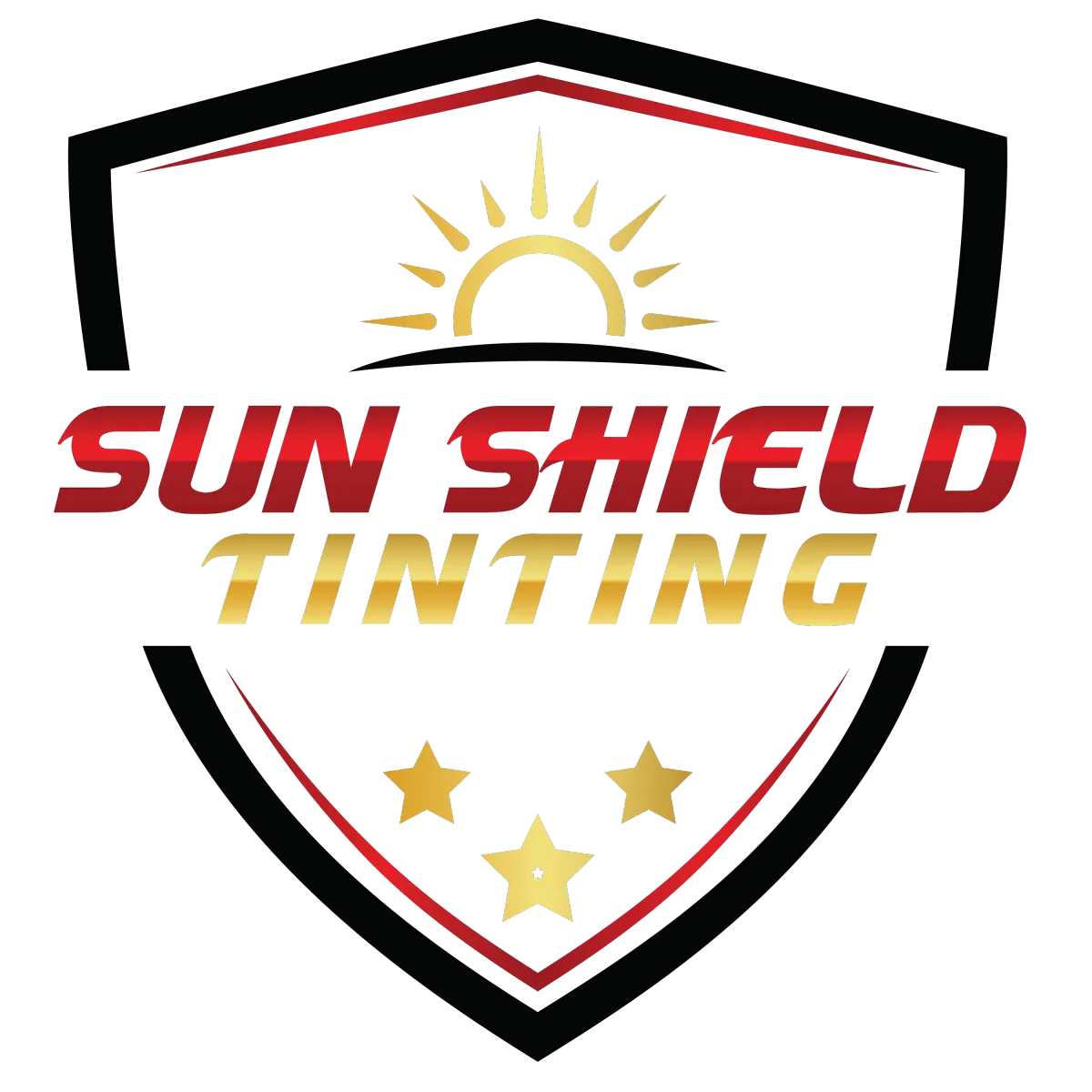Ceramic Coating or Paint Sealant Comparison
Ceramic Coating or Paint Sealant Comparison
Protection Types
Hard ceramic lattice vs short-lived polymer sheen

True ceramic coatings rely on nano‑scale silicon dioxide or graphene that cures into a glass‑like lattice across a clear coat. The layer hardens to nearly 9H and presents water contact angles above 110 degrees, deflecting scratches, acids, and harsh detergents while preserving deep gloss under brutal Texas sunlight.
Polymer sealants, in contrast, spread quickly as flexible resin chains that sit only microns thick on paint. Heat, UV, and car‑wash soaps erode them within six to nine months, requiring repeated polishing and resealing. Add four refreshes and their cumulative cost soon tops a single five‑year ceramic install.

Ceramic beads tight; sealants sheet fast
Fresh ceramic coatings form a contact angle above 110 degrees, so rain beads into tiny marbles and rolls away even at slow speeds, carrying dust and pollen. That self‑cleaning action shortens wash time and cuts swirl risk. Polymer sealants start near 90 degrees but flatten fast; within weeks water sheets, dries into spots, and etches. Graphene‑enhanced ceramics add an antistatic charge that keeps black paint cleaner and lowers infrared heat on sun‑baked panels, so hoods feel cooler and cabins warm more slowly.
Maintenance shows the long‑term divide. Ceramic owners rinse, foam, and glide a plush mitt with mild pH shampoo no topper required though a quick silicon spray every six months revives slickness. Sealant users must reapply two or three times a year after light polishing to remove oxidation and embedded grime, cycling through towels and precious weekends. Repeated polishing also thins clear coats, risking pigment exposure.
Ceramic's upfront wins sealant's recurring upkeep costs

Cost often stalls decisions. A quality polymer sealant detail runs about one‑fifty to two‑hundred dollars, yet touch‑ups every eight months push five‑year spending beyond eight‑hundred, plus extra washes and clay bars. A professional ceramic package starts near a thousand, but averaged over five years equals roughly two‑hundred annually while delivering higher gloss and easier care.
Cost often stalls decisions. A quality polymer sealant detail runs about one‑fifty to two‑hundred dollars, yet touch‑ups every eight months push five‑year spending beyond eight‑hundred, plus extra washes and clay bars.A professional ceramic package starts near a thousand, but averaged over five years equals roughly two‑hundred annually while delivering higher gloss and easier care.

Warranty terms further widen the gap. Most sealants promise only six‑month satisfaction; if beading fades early, owners pay again. Ceramic coatings installed by reputable studios carry transferable lifetime coverage against yellowing, oxidation, and hydrophobic loss. Batch numbers and curing data simplify claims, preventing polishing later.
Decision time often comes down to vehicle age and ownership horizon. If the car is a short term lease or slated for trade within eighteen months, a synthetic sealant may suffice. Drivers keeping a prized truck or collector coupe for five years or longer will recoup coating costs through reduced labor, preserved paint depth, and higher resale figures. For anyone battling relentless West Texas sun and caliche dust, ceramic coating offers peace of mind that no polymer topper can match.
Cross-linked ceramics outlast weak polymer chains
Chemistry explains the gap. Ceramic coatings cross‑link in moisture, forming covalent bonds only five nanometres thick yet nearly quartz‑hard. That glassy shield deflects micro‑scratches from mitts and grit. Polymer sealants cling by surface tension; heat cycles and soaps loosen chains, letting grime wedge underneath. Graphene‑infused ceramics add slick, antistatic flakes, keeping contact angles above ninety percent after one hundred wash cycles.
Ceramic shells block ninety percent of UV and repel mineral stains, preserving flake beneath Texas sun. Sealants filter less light, so acidic bird waste etches pores, forcing abrasive polishing that thins clear coat below safe fifty‑micron thresholds. Ceramic owners need only gentle chemical decontamination, saving paint depth plus snow‑and‑mud time, offsetting the higher one‑time investment across an ownership cycle.
Sealants simple; ceramics demand prep, curing
Applying a polymer sealant is driveway simple: wipe on, haze, buff off, and drive away within an hour. The film bonds by surface tension, so it will adhere even on lightly prepped paint, though life span suffers. Ceramic coatings demand full decontamination, machine polishing, panel wipe, and humidity‑controlled bays.
Studios invest in dust extraction, infrared lamps, and gloss meters, ensuring uniform flash and supplying before‑after photos that validate warranties.
Applying a polymer sealant is driveway simple: wipe on, haze, buff off, and drive away within an hour. The film bonds by surface tension, so it will adhere even on lightly prepped paint, though life span suffers. Ceramic coatings demand full decontamination, machine polishing, panel wipe, and humidity‑controlled bays.
Studios invest in dust extraction, infrared lamps, and gloss meters, ensuring uniform flash and supplying before‑after photos that validate warranties.


Sealants harden fully in twenty‑four hours, but ceramic surfaces need a seven‑day hydration window after a six‑hour lamp cure; this patience yields gloss and easier maintenance.
Visual evidence convinces sceptics. Side by side hood panels treated with each product show water behaviour months later. Ceramic still beads into tight spheres, while sealant panels sheet unevenly and reveal water spots. Gloss readings on calibrated meters remain five points higher for ceramic. Photography under swirl inspection lights captures fewer micro marring lines as well, reinforcing the protective value. For detail minded owners, that consistent shine proves the chemistry discussion on the driveway rather than the laboratory. These tangible results make upgrade decisions straightforward for anyone weighing the two solutions.
Ceramic costs less yearly, preserves resale value
Long‑term math favors ceramics. Picture a sedan kept six years, driven fifteen thousand miles yearly, washed twice monthly. A polymer sealant detail costs two‑hundred dollars, then repeats every eight months. Over seventy‑two months, nine extra sessions total two‑thousand dollars, not counting toppers and clay. Each visit leaves a fine haze that needs mid‑cycle polish, shaving eight micrometers of clear coat. Resale inspectors flag risk, trimming trade value five percent. A single ceramic install at twelve‑hundred, plus six annual checkups at fifty each, totals fifteen‑hundred. Paint stays thick and swirl‑free, fetching top book value despite lower upkeep.
Weather widens the gap. West Texas summers bake pavement to one‑fifty degrees; ceramic’s dense lattice blocks infrared, keeping panels ten to twelve degrees cooler, slowing plastic off‑gassing and dash cracking. Winter blue northers spray brine that the hydrophobic layer sheds before salt etches paint. Sealant lacks hardness, letting chloride sit until a brush wash adds fresh swirls. Ceramic cars need only touchless rinses, cutting maintenance time and cost year‑round while staying consistently sharp.
Select coating or sealant aligned with vehicle plans
Choosing between the two often starts with budget, yet value lies in alignment with ownership goals. Daily commuters who prefer DIY care and will change vehicles within two years can justify a polymer sealant detail if they commit to regular upkeep. They gain quick gloss for minimal cost, though they must accept continued efforts and fading performance.
Collectors, truck owners hauling trailers, and anyone fighting farm dust or construction debris find ceramic worth the premium. Less wash effort means more time on hobbies, and harder paint resists rock kicks from gravel roads. Families appreciate easier bug removal on summer road trips and safer night vision in storms when water evacuates rapidly. The decision is less about shine and more about lifestyle convenience and long term preservation, which ceramics deliver consistently.
Sun Shield journey: assess, install, maintain, optimize
Sun Shield Lubbock begins every project with an in‑person evaluation. Technicians gauge paint depth, map swirl density, review driving habits, then show bead versus sheet on a test panel so owners see performance instantly. A clear cost sheet compares five‑year expenses, covering wash supplies and resale value. Clients who start with a polymer sealant can use a step‑up plan to credit part of that detail toward a ceramic within twelve months, securing the original spend. Installations include a care kit, wash schedule, and regular inspections that record gloss under Texas mileage.
Training finalises protection. Our clinic teaches touchless and two‑bucket washing with neutral shampoo, safe mitt passes, and towel blot drying. Drivers learn to spot when a ceramic booster is due or a sealant needs strip wash and clay prep. Video guides plus an open phone line keep advice handy so coatings reach their full lifespan.
Get our latest news and promos


SATISFACTION GUARANTEED

UNPARALLELED SUPPORT
Sun Shield of Lubbock
Social Media
Payments Accepted







